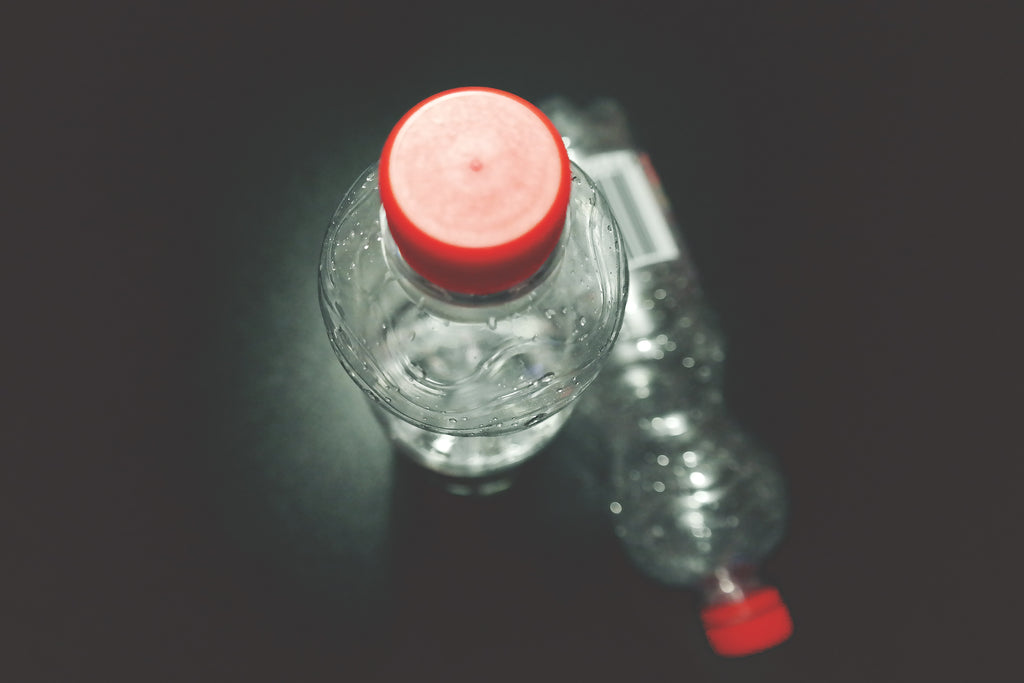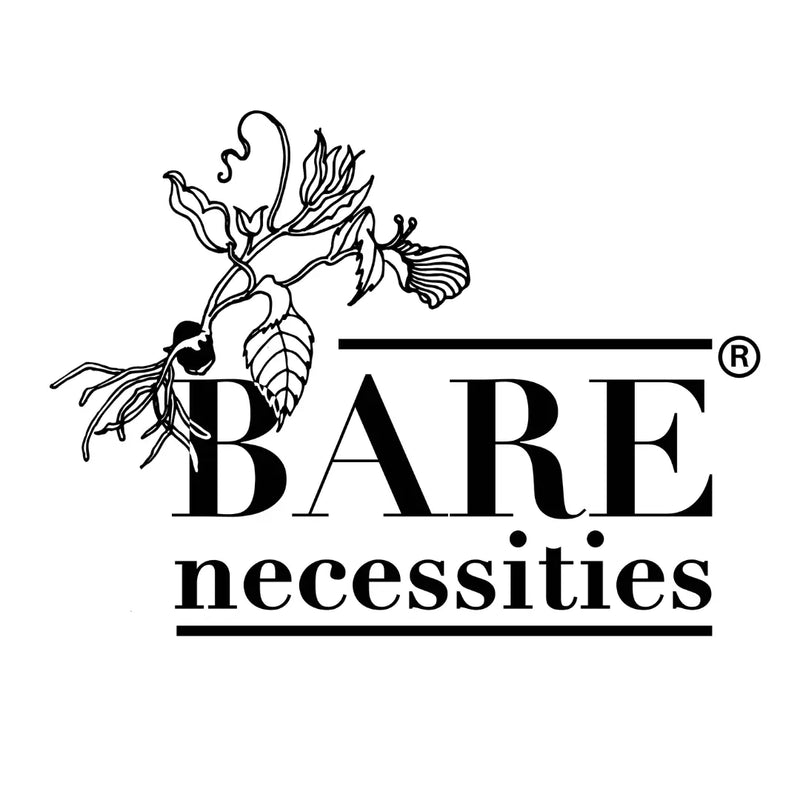IS PLASTIC REALLY RECYCLABLE?

Have you ever wondered about the kind of plastic involved in wrapping your favourite snack or the container you carry your food in? We’re all aware that it is plastic, yes, but surely there must be a sub-category to classify them right? How else can plastics be recycled? Today let’s break down plastic (aah, wouldn’t the world be a better place if plastic ACTUALLY broke down?!) into its 7 categories and understand the importance of doing so.
One can often notice this code ( 1 to 7) at the bottom or sides of most plastic containers/packages. Commonly known as resin codes, they are enveloped by a triangular recycling symbol (♺) that, let’s admit, takes off a certain amount of guilt from us. But are they really recyclable? And if they are, are all of them recycled?
Let’s take a look at this:
|
Sl. No |
Type of plastic |
Common characteristics |
Some products made from it |
Recycling rate |
|
♳ |
Polyethylene Terephthalate (PETE or PET) |
Resistant to oxygen from getting in and spoiling the product inside. |
Single-use beverage bottles, plastic films, and food packaging. |
|
|
♴ |
High-Density Polyethylene (HDPE) |
High tensile strength making them stronger, thicker and more stable than PET. |
Laundry bottles, hair care bottles, juice containers, toys, trash cans and juice containers. |
While it has been proven that HDPE can be recycled up to 10 times, HDPE natural bottles are recycled at a rate of 30.3%. |
|
♵ |
Poly Vinyl Chloride (PVC) | Once extremely popular, is now considered the most hazardous plastic. |
Toys, cling wrap, pipes, window frames, some tote bags, shoes and tiles. |
Less than 1% of PVC plastic waste is recycled every year because of high chlorine content in raw PVC and high levels of hazardous additives. |
|
♶ |
Low-Density Polyethylene (LDPE) |
The easiest to mould and process due to their simple polymer chemical structure. |
Regular plastic grocery bags, squeezable bottles, and rings around the neck of plastic bottles, which have been found on the necks of sea animals. |
It is quite difficult to be recycled and has a low recycling rate due to its low resale value. |
| ♷ | Polypropylene (PP) | Stiffer and more resistant to heat, it is moderately dense; somewhere between LDPE and HDPE | The inner lining of pads and diapers, tupperwares, disposable cups and plates. | Despite being widely used across the world, its recycling rate is only 1%! |
| ♸ | Polystyrene (PS) | Being lightweight and easily moldable, it is easy to manufacture. This also means that it can easily break down into harmful chemicals post-usage. | Plastic cutlery and food boxes, egg cartons, rulers, thermometers and disposable coffee cups. | Unless sent to the correct recycling facilities, they often end up in landfills. |
| ♹ | Other | Every other category of plastic not mentioned above or are mixed with other types of plastics, such as bioplastics. | Plastic CDs and DVDs, water jugs, and exterior lighting fixtures. | Unrecyclable |
And even if they are recyclable, only 9% of plastics in the world actually get recycled!
Now that we have a better understanding of the different kinds of plastic and the reality of these recycling symbols, we can make more informed changes in our consumption patterns and hopefully, phase out the most toxic, non-recyclable ones.
(We debunked this myth of extra protection from plastic items in our previous blog)
Did you know that the jersey for The Indian Cricket Team is made out of recycled PET?
However, there is a silver lining to all this in India’s recycling rate, which stands at 60%, which is three times higher than the global average of 20%. The past couple of months, however, has had an effect on this demographic due to the myth that plastic provides added protection against COVID-19. Check out our previous blog to see why this is a myth and how we can stay safe during a pandemic without increasing the unnecessary usage of plastic.
Additionally, if you're looking to reduce waste during large renovation or demolition projects - or potentially even just looking to see if you can recycle or repurpose some part of you home, check out this blog by Calgary, a Canada based real estate firm
In order to ensure this rate stays the same or goes up higher, we need to begin responsibly segregating our waste. Did you know that just by segregating and composting waste, a family of four can reduce their waste generation from 1000 kgs a year to less than 100 kgs a year?
Let’s try to look at our reusable containers, bottles like our masks - an absolute must- whenever possible!
Written by: Reshma Bhat
